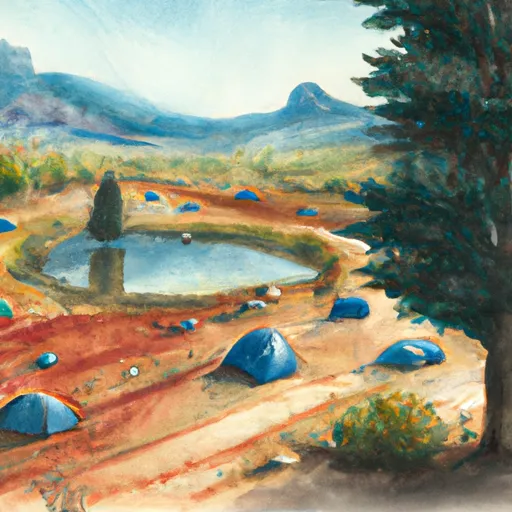Summary
The lake is located in the Uinta-Wasatch-Cache National Forest and is known for its scenic beauty and abundant fish species.
The most prevalent fish species in Abes Lake are trout, including rainbow, brown, and cutthroat trout. Anglers can also find kokanee salmon and grayling in the lake. The best fishing spots in the lake are near the inlet and outlet streams.
In addition to fishing, Abes Lake offers nearby activities such as hiking, camping, and wildlife viewing. The surrounding forest has numerous trails for hiking and exploring, and there are several campgrounds in the area for those who wish to stay overnight.
Anglers looking to catch trout in Abes Lake should use small lures or flies, and focus on the deep areas of the lake. Fishing is best in the early morning or late evening when the fish are more active.
The best time to visit Abes Lake for fishing is from late spring to early fall, when the water is warmer and the fish are more active. The average temperature during this time is between 50 and 80 degrees Fahrenheit.
Overall, Abes Lake is a great destination for anglers looking to catch trout and other fish species in a scenic and peaceful setting.
Weather Forecast
Nearby Streamflow Levels
 Weber River Near Oakley
Weber River Near Oakley
|
57cfs |
 Provo River Near Woodland
Provo River Near Woodland
|
76cfs |
 Bear River Near Utah-Wyoming State Line
Bear River Near Utah-Wyoming State Line
|
45cfs |
 Provo River Near Hailstone
Provo River Near Hailstone
|
150cfs |
 Weber River Near Peoa
Weber River Near Peoa
|
52cfs |
 Weber River Near Wanship
Weber River Near Wanship
|
28cfs |
Angling Safety Guidelines
Check local fishing rules, seasons, size limits, and license requirements to ensure legal and sustainable angling.
Handle Fish Responsibly
Use wet hands, minimize air exposure, and release fish gently to improve survival rates when practicing catch-and-release.
Choose the Right Gear
Match your rod, line, and tackle to the species and conditions to increase success and reduce unnecessary harm to fish.
Respect the Waterway
Avoid disturbing habitat, prevent bank erosion, and keep a safe distance from spawning areas to protect ecosystems.
Keep It Clean
Pack out all line, hooks, bait containers, and trash—discarded gear can injure wildlife and degrade waterways.
Related Links
Area Campgrounds
| Location | Reservations | Toilets |
|---|---|---|
 Trial Lake
Trial Lake
|
||
 Washington Lake
Washington Lake
|
||
 Washington Lake Campground
Washington Lake Campground
|
||
 Lilly Lake
Lilly Lake
|
||
 Lilly Lake Campground
Lilly Lake Campground
|
||
 Picturesque
Picturesque
|

 Meadow Lake
Meadow Lake
 Clyde Lake
Clyde Lake
 Trial Lake
Trial Lake
 Washington Lake
Washington Lake
 Teapot Lake
Teapot Lake
 Abes Lake
Abes Lake